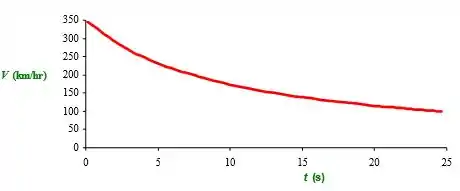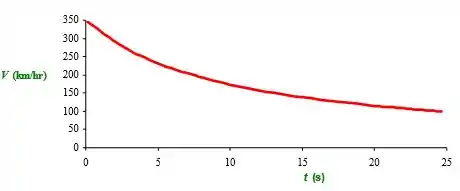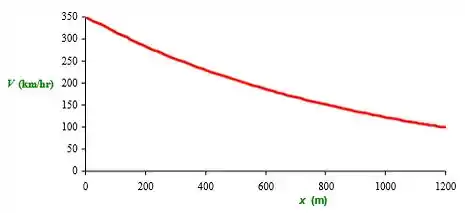Você é um engenheiro de projetos e foi encarregado de projetar um sistema de frenagem de emergência por paraquedas, para uso em um avião militar de massa igual a 9500 kg. O avião aterrissa a 350 km/h e o sistema de paraquedas sozinho deve reduzir a velocidade do avião para 100 km/h em menos de 1200 m. Determine o diâmetro mínimo requerido para um único paraquedas e para três paraquedas não interferentes. Trace o gráfico da velocidade do avião em função da distância e também em função do tempo. Qual é a máxima “força g” sofrida?
Passo 1
Fala aí galera, vamos para mais um problema de mecânica dos fluidos. Primeiramente, sabemos que, por definição:
Aplicando a segunda lei de Newton para a aeronave:
Integrando os dois lados:
Integrando de novo em relação a variável
Combinando as equações 1 e 2 e eliminando o :
Para acharmos a área mínima do paraquedas, temos que isolar a área e substituir e :
A máxima força g é dada por:
Agora, com a ajuda do Excel, podemos determinar os valores pedidos para os casos de 1 e de 3 paraquedas:
Passo 2
Agora, basta fazer os gráficos no Excel:


Resposta

